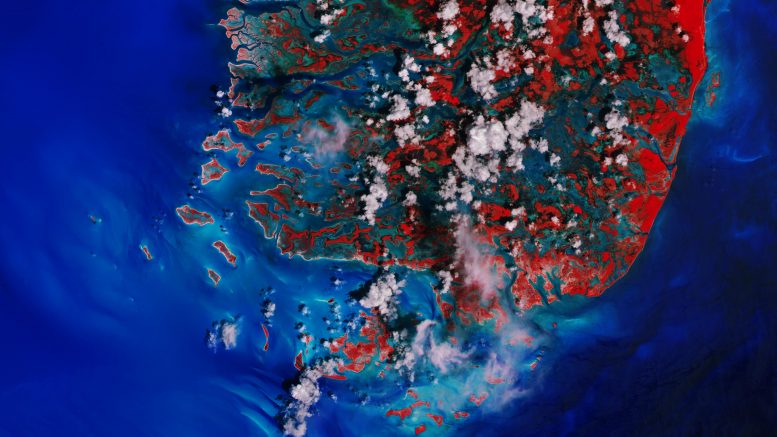
(Click image for full view.) This false-color image captured by the Copernicus Sentinel-2 mission features Andros Island, the largest island of the Bahamas. This image was processed in a way that included the near-infrared channel, which highlights the island’s vegetation in bright red. Credit: Contains modified Copernicus Sentinel data (2019), processed by ESA, CC BY-SA 3.0 IGO
Andros Island, the largest island of the Bahamas, is featured in this false-color image captured by the Copernicus Sentinel-2 mission. This image was processed in a way that included the near-infrared channel, which highlights the island’s vegetation in bright red.
Andros is around 160 km (99 mi) from north to south, and 70 km (43 mi) from east to west at its widest point. The island is largely unpopulated and has undeveloped stretches of land. Even though it is considered a single island, Andros is an archipelago made up of hundreds of small islets and cays connected by estuaries and swamplands together with three major islands: North Andros, Mangrove Cay, and South Andros.
The island’s west coast features many bays, channels, and inlets. The turquoise colors of the ocean show shallow waters, whereas the dark blue colors are the deep ocean.
The West Side National Park covers the west part of Andros and includes its pristine coastal wetlands. The 6,000 sq km (2,300 sq mi) park is the largest protected area in the region, and is a prime habitat for bonefish and an important feeding area for the endangered West Indian flamingo.
This image was acquired on September 5, 2019, just days after the mighty Hurricane Dorian passed over the Bahamas and unleashed a siege of destruction. Dorian is reported to be one of the most powerful Atlantic hurricanes on record – with storm surges, wind, and rain that claimed many lives, destroyed homes, and left thousands of people homeless.
Compared to acquisitions captured in the days leading up to Hurricane Dorian making landfall, the area in the top-left of the image appears to be more flooded owing to heavy rainfall, and several submerged islands can be seen.
In response to Hurricane Dorian, the Copernicus Emergency Mapping Service was activated. The service uses observations from several Earth observation satellites, such as Copernicus Sentinel-1 and-2, to provide flood, risk and recovery maps.

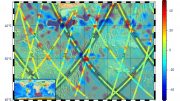
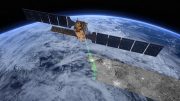
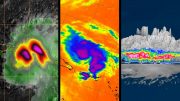

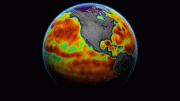
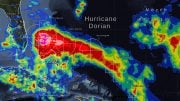
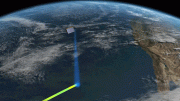
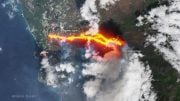
Be the first to comment on "Breathtaking View of Andros, Bahamas From Space [Video]"